MIT’s first divorce
In the 1950s, MIT severed ties to the SAGE air defense system it had developed. But to many, the name of the nonprofit created to take over the project has always suggested an Institute connection.
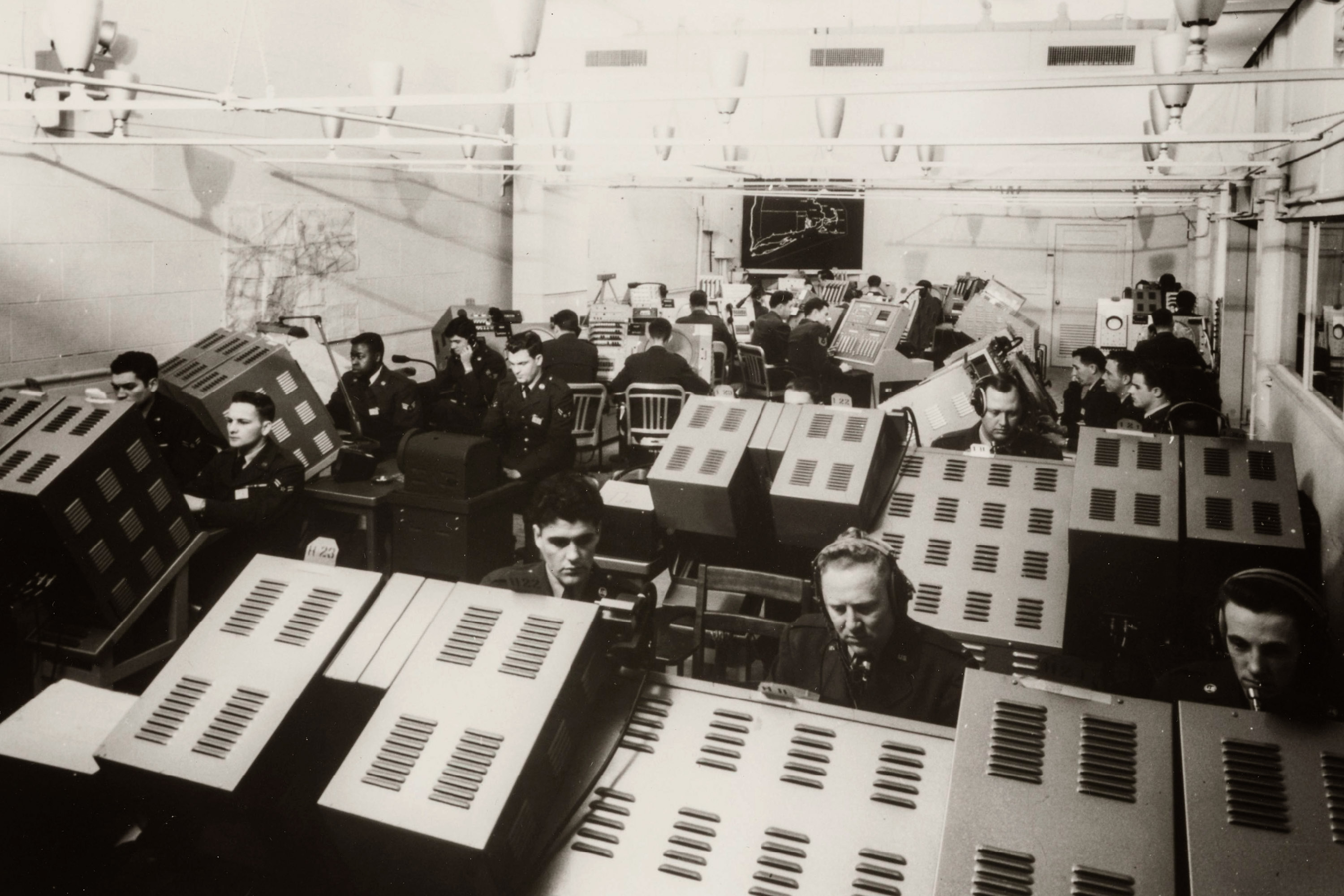
On April 20, 1951, two planes took off from a New England airport on a secret mission. The first flew a simulated bombing run. The second flew an intercept flight. A rotating dish on the ground hit each plane with a burst of microwaves every 10 seconds. The reflected radar signals were received, digitized, and sent over a telephone line to the 10-ton Whirlwind computer at MIT.
Whirlwind was the brainchild of MIT professor Jay Forrester, SM ’45, who started the project in 1944 with significant funding from the US Navy to create a programmable flight simulator for pilot trainees. Though he’d originally designed it as an analog computer, Forrester was among the first to see the promise of digital computing. Before long, he and his team became more interested in building the world’s first interactive digital computer than making good on their deliverables.
In 1949, the Department of Defense was winding down its commitment to the project when Russia detonated its first atomic bomb. Suddenly the US needed an air defense system that could watch the nation’s borders day and night for incoming bombers. It would have to detect and track everything in the air, identify potential bombers, and then dispatch interceptor planes and missiles to destroy the threats. And the system had to be perfect: a single Russian aircraft that made it through could kill millions of people with an atomic bomb.
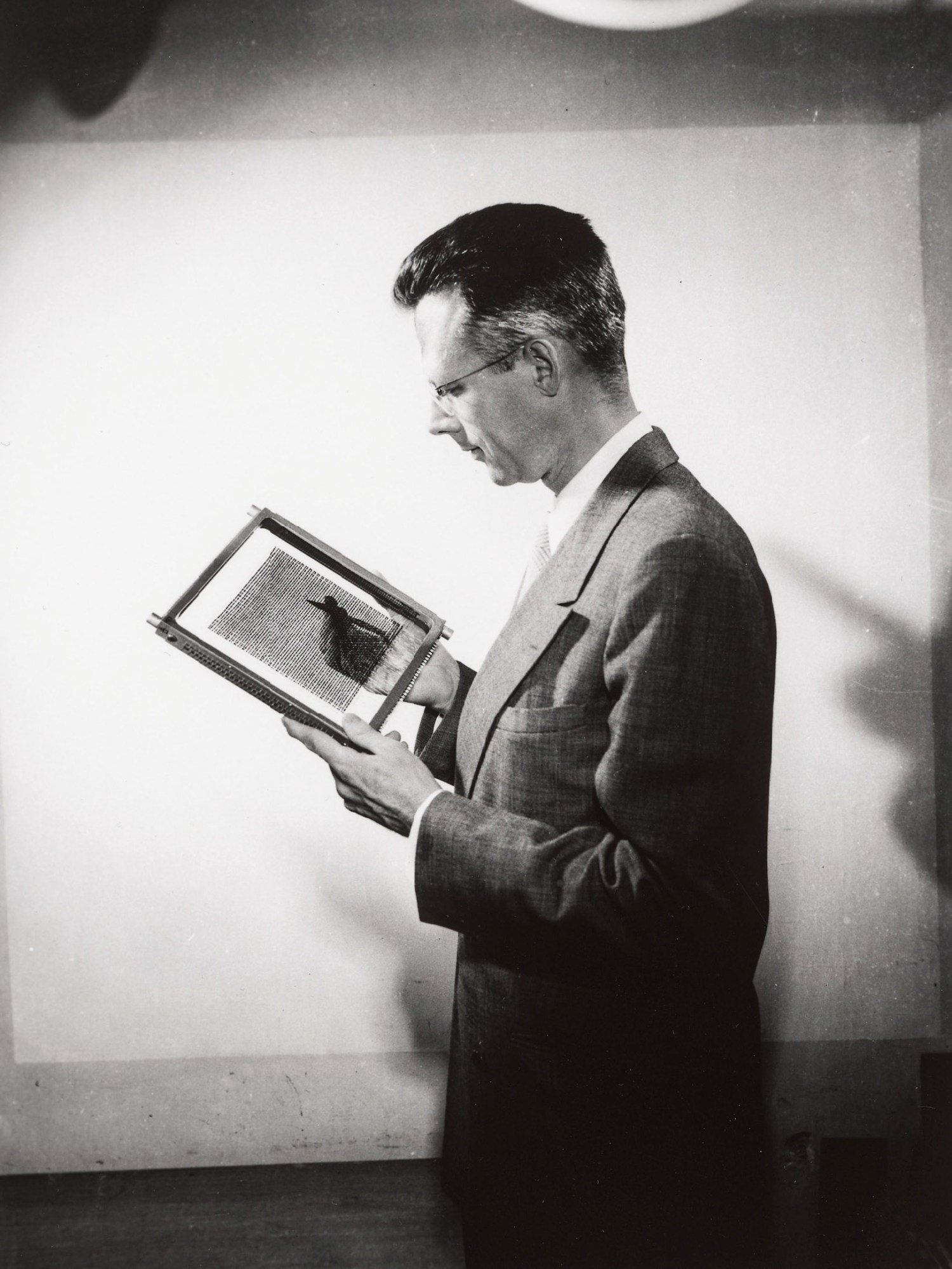
MIT was ready to help. At the request of President James R. Killian Jr. and Provost Julius A. Stratton, MIT physics professor George E. Valley ’35 convened a group in December 1949 to study options for a radar-based air defense system and report back to the Air Force Scientific Advisory Board. In September 1950, MIT demonstrated that signals from the Microwave Early Warning radar at Hanscom Field in Bedford, Massachusetts, could be digitized and sent over phone lines.
But it was the April 1951 demonstration that proved Whirlwind could not just track aircraft but plot an interception course in real time. Following the instructions of the computer, the pilot of the interceptor flew within 1,000 yards of its target three times. While the flight simulator project was shelved, Whirlwind would play a key role in making the even more critical air defense system possible.
Three months later, in July 1951, MIT created Project Lincoln as a laboratory for developing air defense technology. Working under the Air Force Air Research and Development Command, Forrester’s Whirlwind team became Project Lincoln’s “Division 6.” The Air Force promised MIT whatever funding it needed. The following April the project moved to a building in Lexington, adjacent to the Air Force base at Hanscom Field, and changed its name to MIT Lincoln Laboratory. More buildings would follow as Lincoln Lab grew.
MIT engineers at Lincoln Lab designed radar systems that could reach outer space (and thus track ballistic missiles). On the coast of Cape Cod in Truro, they built a long-range radar that could detect and track bombers. And they started to design a far more powerful computer to replace the Whirlwind.
MIT’s team eagerly took on the challenge of building these one-of-a-kind machines at the leading edge of what was possible. But the massive air defense system that would become known as the Semi-Automatic Ground Environment (SAGE) would require many identical computers placed strategically throughout the US. So the researchers needed a commercial partner. Forrester and his team of MIT employees considered proposals from IBM, Remington Rand, and Raytheon and chose IBM for the lucrative contract.
By 1954 the upgraded hardware could interpret radar signals sent over phone lines to track 48 aircraft at once. Upon comparing their flight paths against those filed for commercial aviation to identify which were friendly and which were likely bombers, the system could launch ground-to-air Nike interceptor missiles or dispatch interceptor B-26 aircraft, steering them with coded signals to their autopilot systems over a digital data link. (Engineers on hand for the first test with a B-26 called it “the immaculate interception.”) To make all that possible, more than 200 programmers had collaborated to write the program’s 100,000 machine instructions, at an estimated cost of $55 per instruction in 1955 dollars.
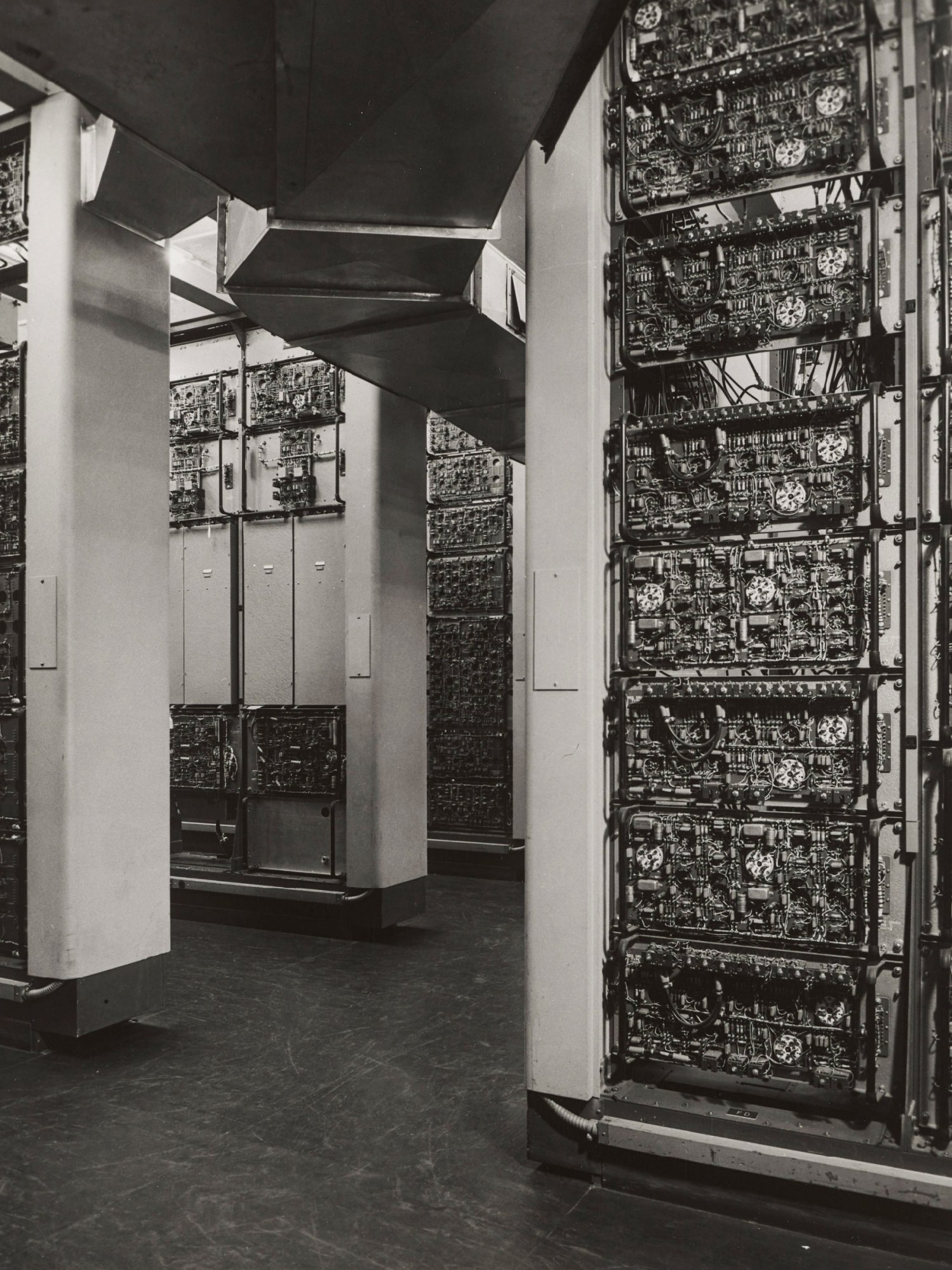
IBM’s first production SAGE computer, the AN/FSQ-7, was delivered to Lincoln Lab for testing in June 1956. Three months later, the Air Force asked the MIT engineers to manage the integration of weapons into the SAGE system. At first Lincoln Lab’s management declined. Forrester had accepted a professorship at MIT’s School of Industrial Management (which later became Sloan), and those who remained didn’t want a project that required little research and a great deal of effort spent managing for-profit corporations. But they reluctantly agreed to do the work while MIT explored other options.
It had been a great marriage, but MIT was about to file for a divorce.
“Long before the question of system management came up, the [MIT] Administration and the Corporation have examined and re-examined the suitability of operating a very large off-campus technical center devoted mainly to military problems,” wrote Lincoln Lab’s director, Carl F.J. Overhage, in April 1958. MIT had participated enthusiastically in the project both out of its “sense of public responsibility,” he wrote, and because of the excitement of working on one of the “great engineering problems of our day.”
But by 1956, it was clear that SAGE was going to generate a never-ending set of engineering tasks as US defense contractors developed new generations of equipment and sold them to the government.
MIT’s leadership increasingly felt that it was not the Institute’s place to run such a program. In late 1956 General James McCormack, MIT’s vice president for industrial and government relations, traveled to Washington to tell Air Force Secretary Donald A. Quarles that MIT “wanted somehow to rid itself of its responsibility for Lincoln,” according to a history of the project by Howard Murphy, a historian at the State University of New York at Oneonta.
In the fall of 1957, Killian took a leave of absence to become President Eisenhower’s science advisor. James H. Douglas Jr., the new secretary of the Air Force, attempted to speak with Killian regarding the Lincoln problem, but Killian refused to discuss it, citing a possible conflict of interest. He told Douglas to take up the discussion with Julius Stratton, MIT’s acting president.
The Air Force then asked Bell Laboratories and Western Electric if they would take MIT’s place as the project’s lead engineering team. Both declined; had they accepted, they could not have bid on the far more lucrative contracts to supply hardware and support for the system.
In January 1958, Douglas and four high-ranking government officials (including Valley, who was then on leave from MIT to serve as chief scientist of the Air Force) traveled to Cambridge to meet with Stratton, McCormack, and two other top MIT administrators to decide on a new way forward.
“MIT is not a private contractor in the usual sense, but is a public trust,” wrote McCormack in his memo documenting the meeting. “It is now fair to say that MIT does indeed regard this decision as the toughest one it has ever faced in its participation in military research and development.”
Stratton made it clear that the Institute did not wish to have “permanent responsibility” for the research and engineering of SAGE. The Air Force representatives countered that “the SAGE effort at Lincoln” was “the only such group” in the country that was up to the job. Even if another organization took over project management, the Air Force wanted the people at Lincoln Laboratory to stay involved.
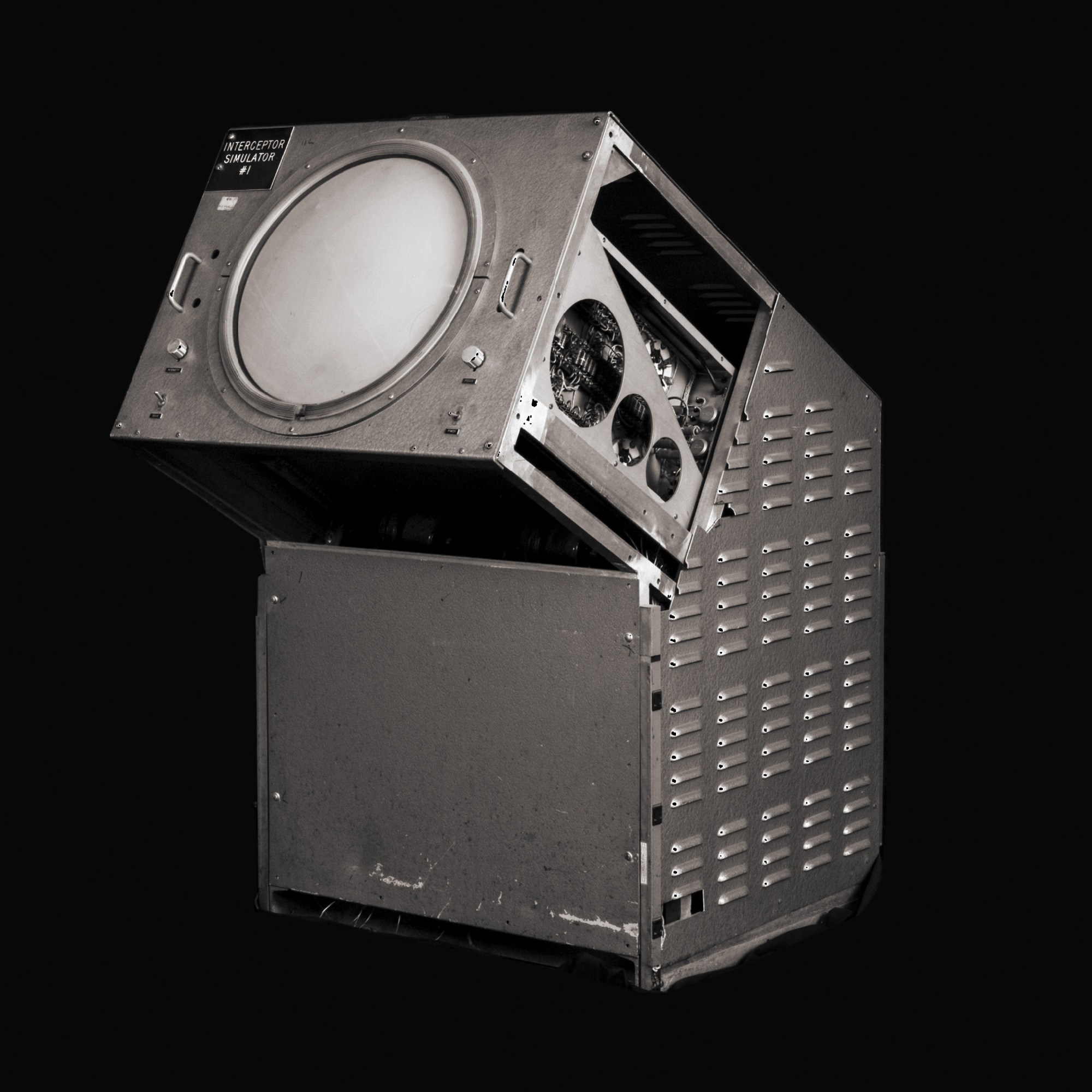
That spring MIT explored turning everything over to RAND’s newly formed System Development Corporation. But, like Bell and Western Electric, RAND wanted to be able to compete with private industry for contracts. MIT and the Air Force eventually concluded that they needed to set up a new nonprofit for project leadership.
In March 1958, H.W. Fitzpatrick, Lincoln Lab’s assistant director, worked with a law firm to draft the nonprofit’s articles of incorporation. The working name for the company was “Cape Cod Corporation”; SAGE had originally been called the “Cape Cod System” because its long-range radar was situated there. But McCormack was not a fan. As paperwork was being finalized, it still didn’t have a name.
On July 17, 1958, McCormack and two prominent Boston attorneys signed a certificate incorporating “The MITRE Corporation.”
Precisely where this name came from is unclear. A search through hundreds of archival documents didn’t turn up a single previous reference.
According to Murphy, the incorporators claimed that the name was the French spelling of the English word “miter,” a smooth joining of two pieces. Many people have speculated that it stood for “MIT Research and Engineering,” but that would have flown in the face of Stratton’s clear desire to disassociate MIT from the work on SAGE.
The company itself has never directly explained the name’s significance—and at times has leaned into the mystery.
“MITRE is not an acronym, but the name of our company,” read a statement on its website before it was redesigned in 2023. “The origin of the name is somewhat obscure, but is attributed to James McCormack … He wanted a name that was meaningless and without connotations, but with an attractive feel. Some people thought the word MITRE was based on the word for joining or fitting together. Others believed the name came from combining industry names or keywords. McCormack, however, denied all of these explanations.”
This is similar to what Whitfield Diffie ’65 was told when he joined the organization in June 1965. But Diffie, who worked there until December 1969, is skeptical. “I recall file cabinets labeled MITre (or maybe MIT/RE),” suggesting that the MIT-related interpretation “might not be as false as was suggested,” he wrote in an email.
In an August 25, 1958, letter to the MIT community, President Stratton explained the shift of responsibility for the SAGE project and wrote that “the new systems engineering organization has now been formally incorporated as The Mitre Corporation.” This capitalization made it less likely that anyone would assume a connection to MIT, but the name still rankled Stratton.
At his request, the company’s board of trustees considered a name change at its regularly scheduled meeting of October 7, 1958. Two days later, its secretary, Thomas F. O’Donnell, wrote to Stratton, “The Executive Committee has been giving this problem much attention.” He provided a paper ballot listing a variety of other possible names, including Altair, Beacon, Bedford, Circle, Crest, and nine more.
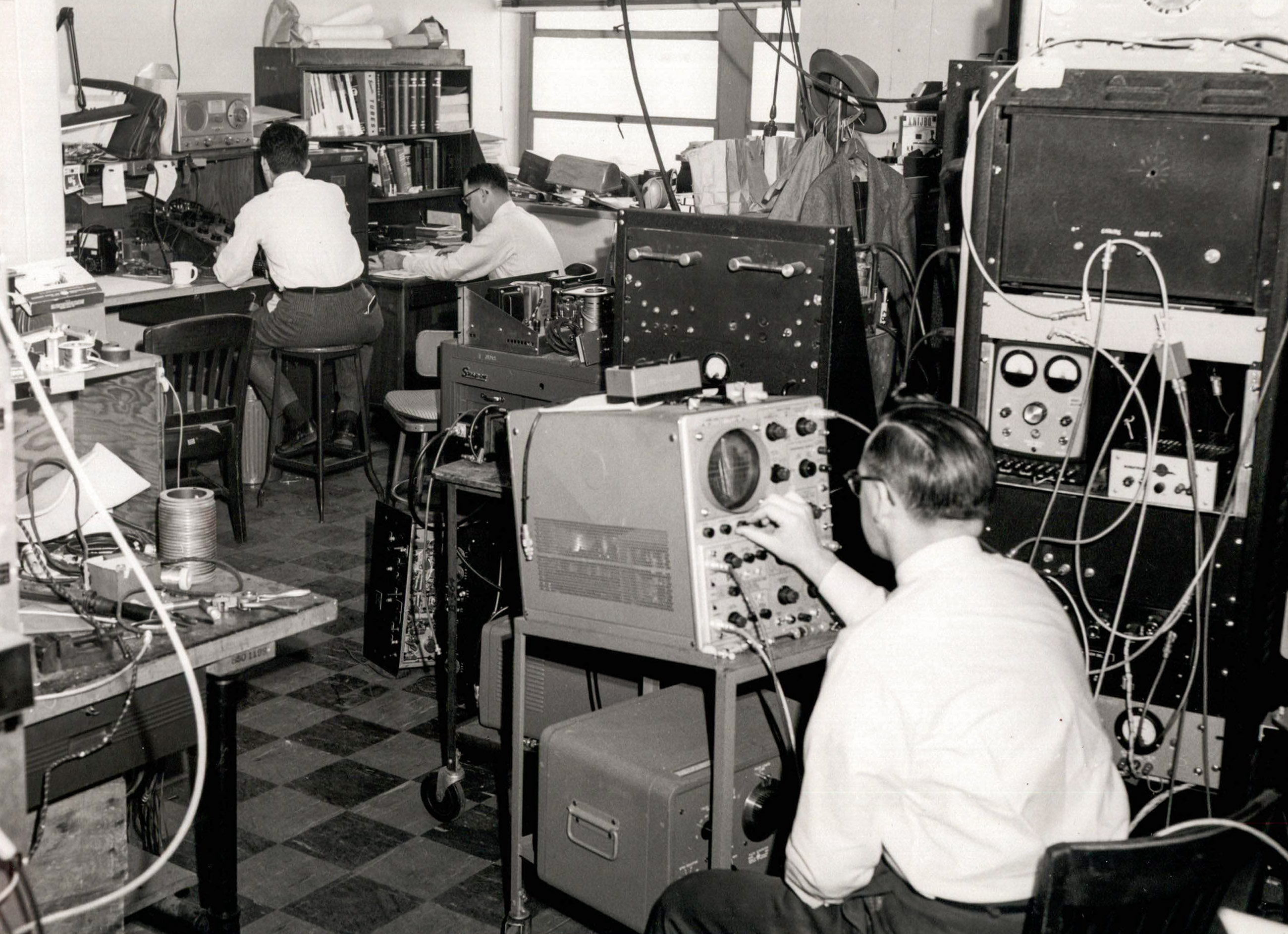
Stratton wanted a more descriptive name. MIT’s administrative vice chancellor, Carl Frederick Floe, generated another set of possibilities, including “Weapons Engineering, Inc.,” “Weapons Engineering Laboratory, Inc.,” and “Institute for Weapons Engineering.”
But on October 16, O’Donnell wrote again to Stratton to convey the board’s decision: “Nearly all of the Members have expressed their views and the majority feel that the problems and possible misunderstandings due to the present name are not at a level to justify a change.”
By January 1, 1959, 458 MIT employees, including 193 professional staff members, had officially become employees of the new nonprofit, and the move to a 100,000-square-foot building that was being constructed at its newly acquired Bedford campus had gotten underway.
But while MIT might have been glad to be rid of SAGE, the project’s new manager was not eager to shed its perceived connection to MIT.
In the June 1962 issue of Scientific American, it ran an advertisement seeking to recruit men with degrees in electronics, physics, and mathematics. Calling it “the great paradox of our time” that “peace depends on our capacity to fight a war,” the ad described the company as having been “formed under the sponsorship of the Massachusetts Institute of Technology.”
MIT professor William Kraushaar complained about the advertisement to Stratton, saying, “I know that I and at least some other members of the faculty would be pleased and in fact eager to see MIT’s military work replaced in time by expanded activity in other fields—space, for example—that would employ more or less the same skills.”
In May 1964, when Stratton read an article in Business Week describing the company as “MIT-operated,” he wrote a memo to McCormack: “We seem to have a hard time in making this divorce stick. Is this matter important enough to call to the attention of Business Week?”
Today the company operates six federally funded research and development centers for the US government, supporting work in national security, air traffic control, health care, homeland security, cybersecurity, and agency modernization. Hundreds of MIT alumni work there. But while the origin of its name officially remains a mystery, the MIT reference was clear to at least one high-ranking Pentagon administrator. In 1970, John H. Rubel, who was assistant director of defense research and engineering in the Pentagon in 1959 and served as an assistant secretary of defense in the Kennedy administration, told an oral history interviewer that MITRE “stood for MIT research and engineering.” Today, the perception that it alludes to MIT endures. And despite Stratton’s wishes to the contrary, the company itself has stuck with the all-caps spelling.
Keep Reading
Most Popular
Large language models can do jaw-dropping things. But nobody knows exactly why.
And that's a problem. Figuring it out is one of the biggest scientific puzzles of our time and a crucial step towards controlling more powerful future models.
How scientists traced a mysterious covid case back to six toilets
When wastewater surveillance turns into a hunt for a single infected individual, the ethics get tricky.
The problem with plug-in hybrids? Their drivers.
Plug-in hybrids are often sold as a transition to EVs, but new data from Europe shows we’re still underestimating the emissions they produce.
Stay connected
Get the latest updates from
MIT Technology Review
Discover special offers, top stories, upcoming events, and more.